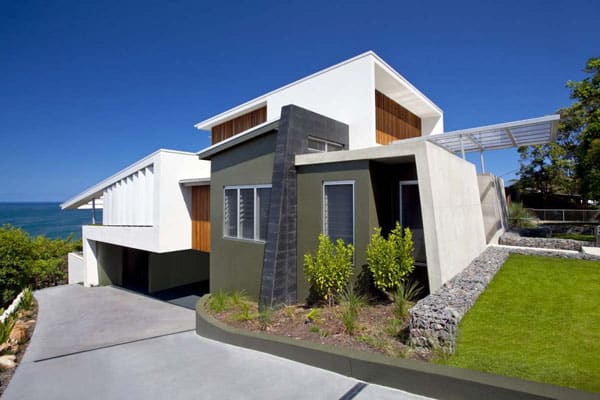
Coolum Bays Beach House was designed by Aboda Design Group for a family with three children nearing or at adulthood, taking advantage of the amazing potential for white water views in Queensland, Australia. The client wished to create a home with a refined, clean lined, modern but informal home with dramatic street presence. The home was to cater to the family’s independence for their differing lifestyle patterns, yet create a base for them to come together.
Images of modernist style building examples were shown, which included strongly articulated external form and bold use of materials for both the home and surrounding landscape. The home was to harness the best of laidback and unpretentious living in Coolum but at the same time being testament to the life’s efforts of the clients and the exceptional skills of their building team.
Is there any element of the project you wish to highlight specifically?
The difficult site constraints formed the basis for the drama of the design, considerations included – topographical constraints (very steep site), height limit limitations including side setback challenges (relatively narrow site for inclusion of side driveway and below-house parking, at ninety degrees to the driveway, all within 17M overall width) + steep cross fall, driveway location and gradient (1 in 4 maximum allowable , solar orientation, sub terrainean rock as close as 300 mm below surface, maximum projection/ cantilever to secure vistas.
The projection of the building, cantilevering out towards the ocean, was determined by the minimum distance eastwards (down the site) to obtain unobstructed northern views to Noosa Heads and around to the south east with views of the Coolum Bays.
Describe the style and theme of the design, or talk about the philosophy behind the home.
The arrangement of the home was determined by the complexity of the site. From the start this determined the location of the driveway, the driveway gradient and below-house car parking. Once resolved, the house was then arranged above as a series of cascading half-levels, which would achieve vistas front to back, and connect all living spaces via a single flight of steps.
The suspended concrete construction enabled large span floor plates, cantilevered floors and the use of raking and upturned beams, which in turn became critical elements in the final external composition. The use of structural steel in the roofs again enabled dramatic projection of the main roof out and over the pool and deck, maintaining excellent weather cover and also views uninterrupted by the intrusion of building structure.
What materials were used and where? How are these suited to the location?
The client requested clean, simple, durable, generally low maintenance materials due to the exposure to the coastal weather, which is destructive, particularly from the south east. Materials selected included fibre cement cladding, polymer rendered blockwork, sealed off-form concrete, aluminium and polycarbonate feature awning, steel roofing, aluminium windows, feature tiled walls, cedar battens screens, with hardwood decking, hardwood flooring and porcelain tiles internally.
The unfinished concrete, stone and wire gabions, textured tile wall cladding and rough sawn timbers were selected as they were in keeping with the exposed, raw nature of the site and for their strong contrast to the refined finish of the crisp white render, aluminum and glass.
Does the home feature any notable sustainable elements or products designed to reduce environmental impact or cost?
Highly operable windows (large format multistacking doors, louvres, gas strut awnings) and their placement achieve year round cross flow ventilation, negating the need generally for air conditioning (Master Bedroom only).
Concrete slabs and feature concrete walls increase thermal mass, maintaining warmth in the house through winter. Heat is excluded in summer and retained in Winter via above-compliance foil type insulation throughout.
Sun control devices (large overhangs, operable blades, cedar batten screens) all control solar heat gain whilst maintaining views and ventilation. Low energy LEDs are used almost exclusively throughout the home.
Rainwater is harvested from rooftops and stored in a 22KL rainwater tank constructed below the pool and used throughout the home. Photovoltaic array and heat pump water heaters installed.
Are there any other comments you’d like to make about the project?
The challenges of the site, combined with the boundless enthusiasm for the project from the clients, and the known competence, commitment and skill of the clients and their team acting also as builder created an amazing opportunity to work unwaveringly together to realize an adventurous but very comfortable home, to the delight of the designers, the clients and their family.
Photos: Paul Smith Images

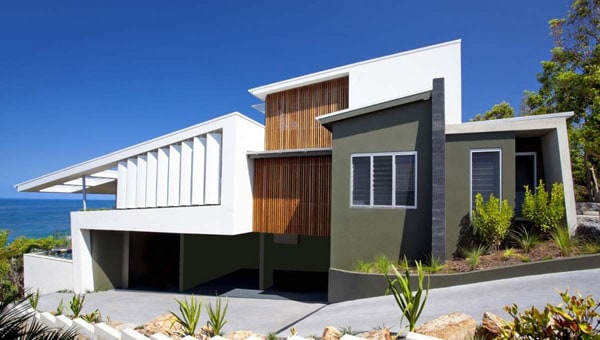
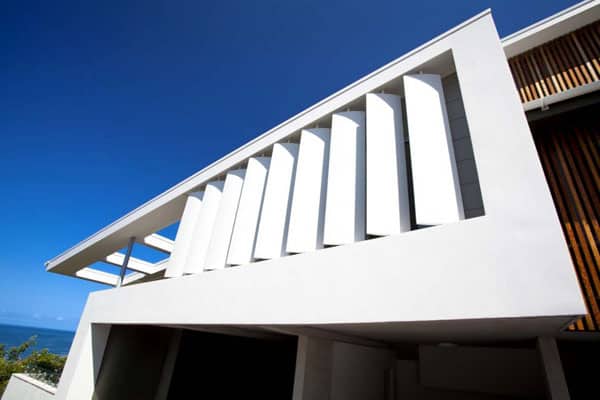
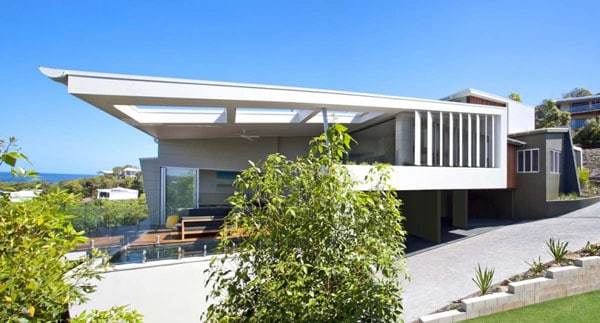
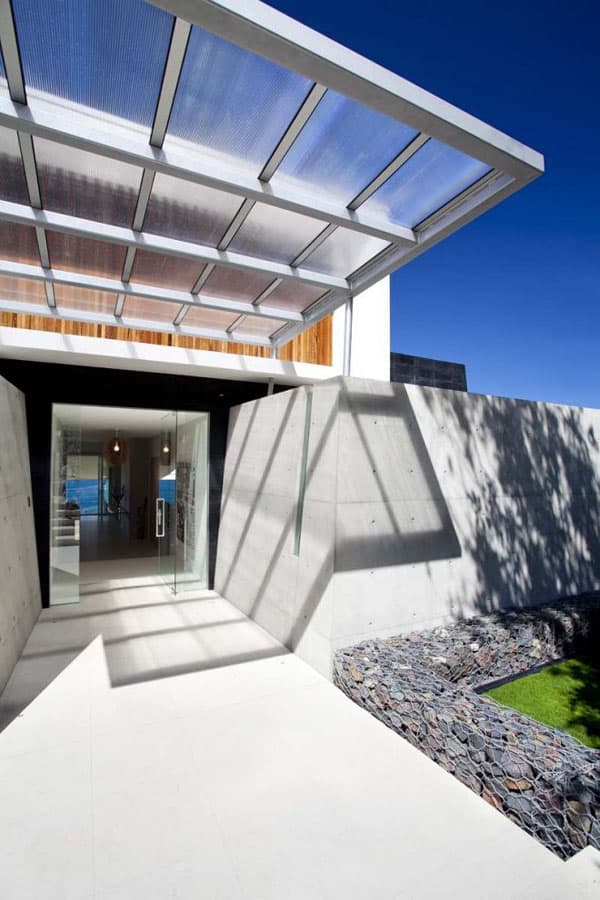
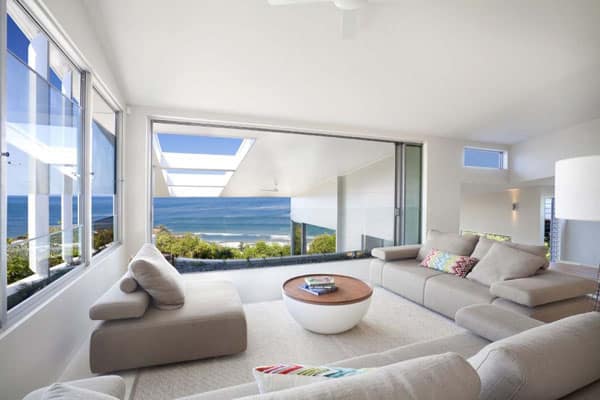
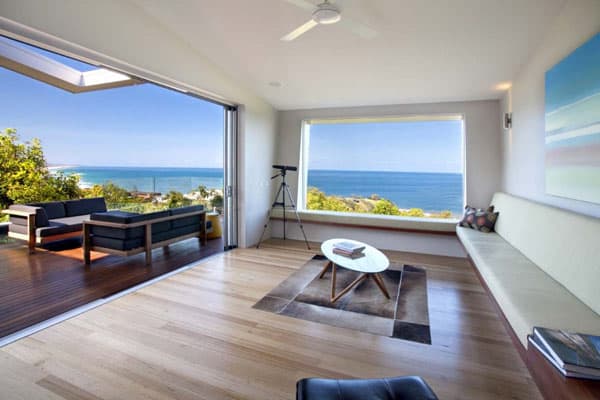
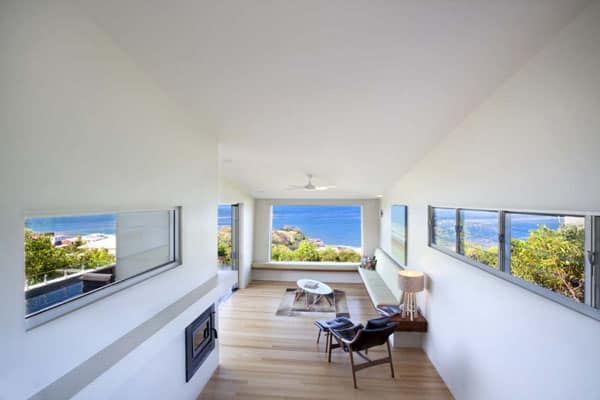
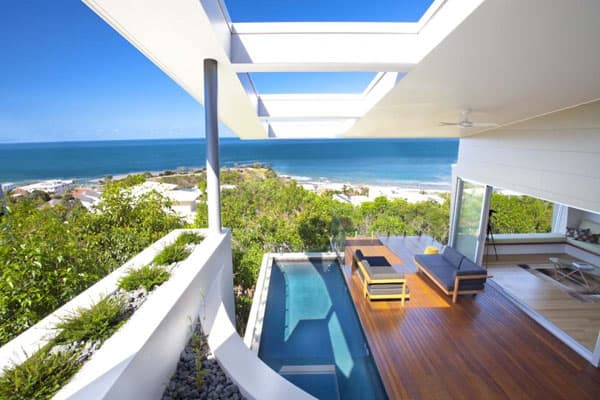
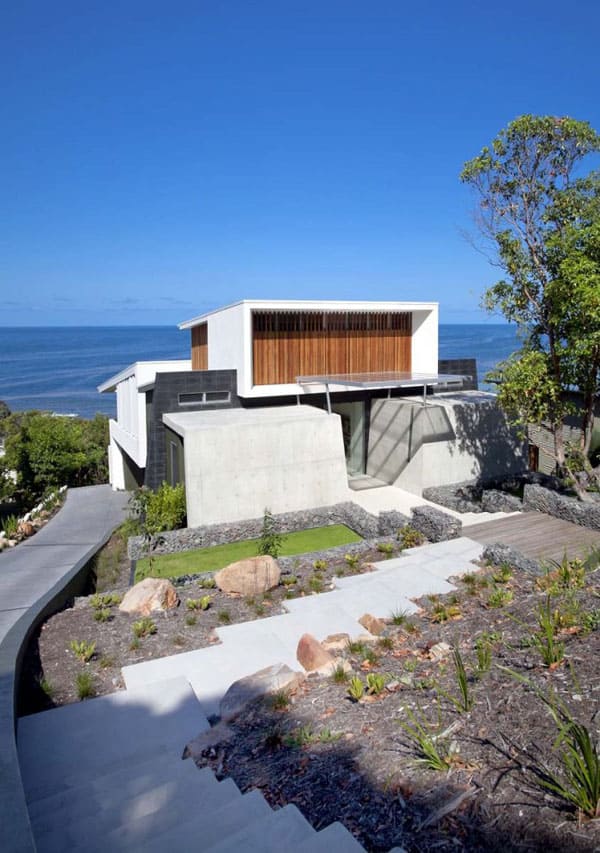

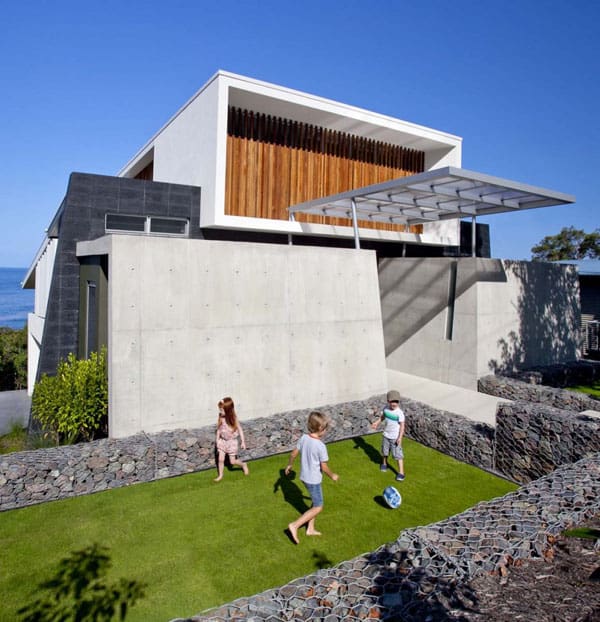

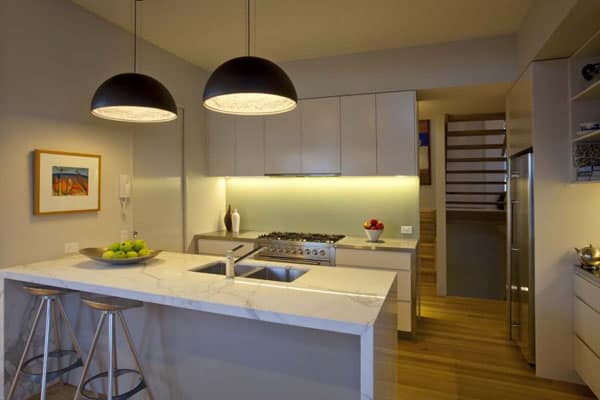
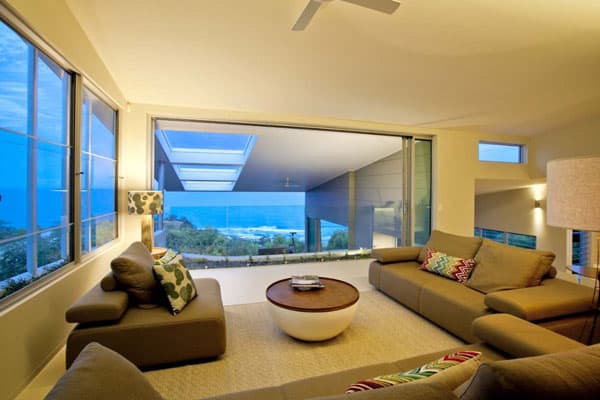
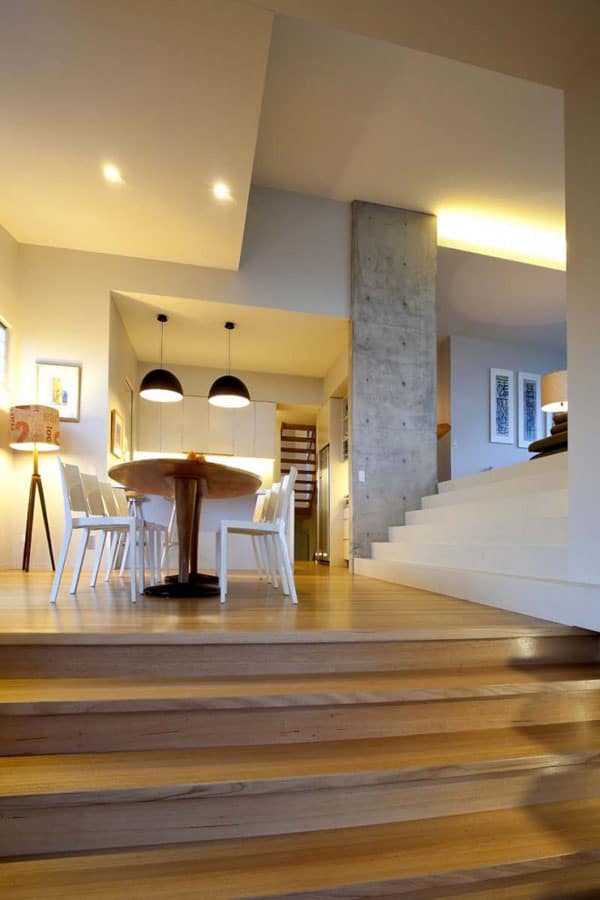
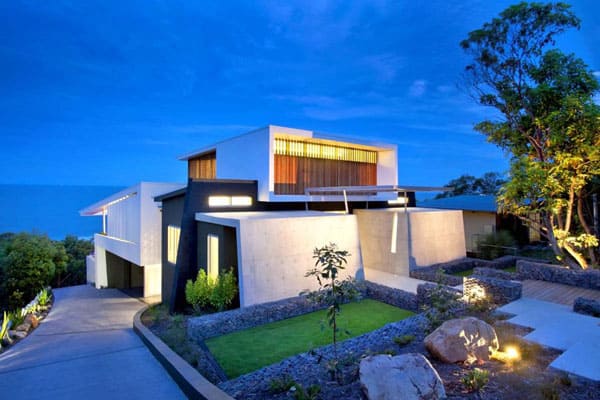
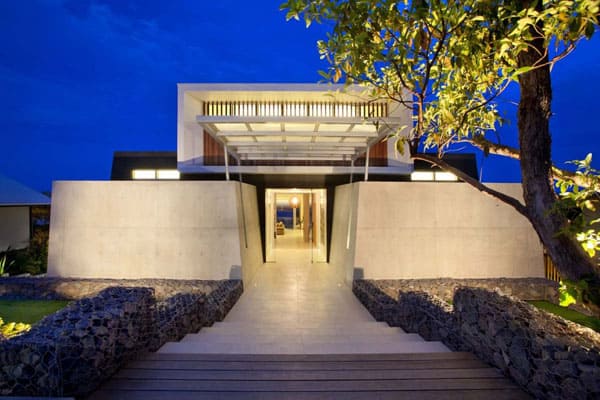
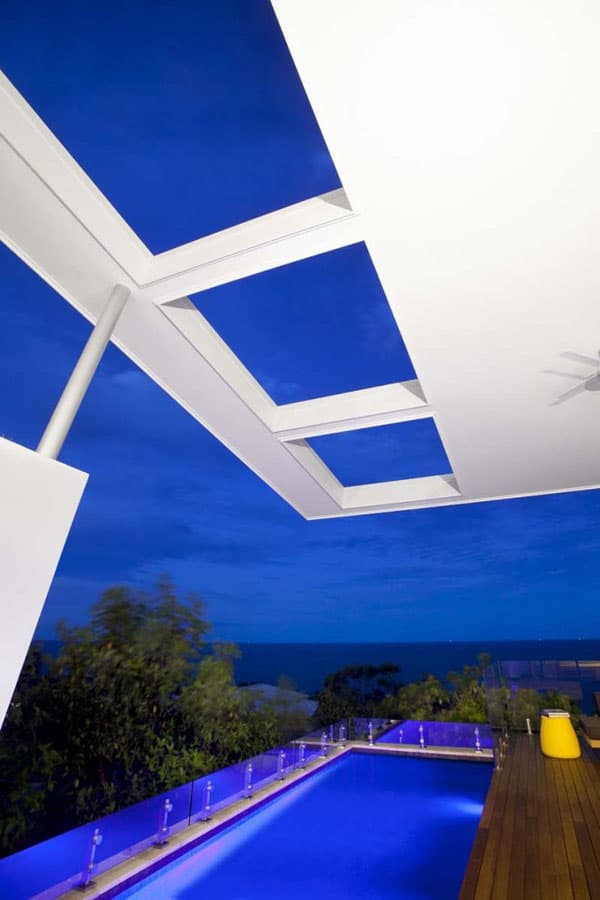
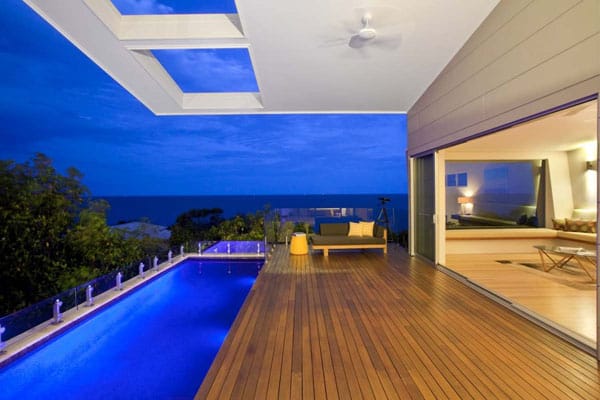
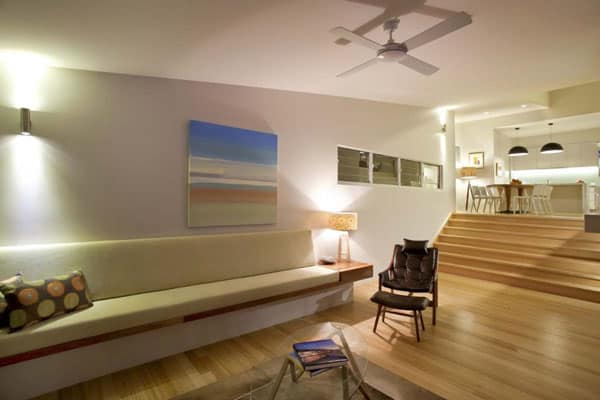
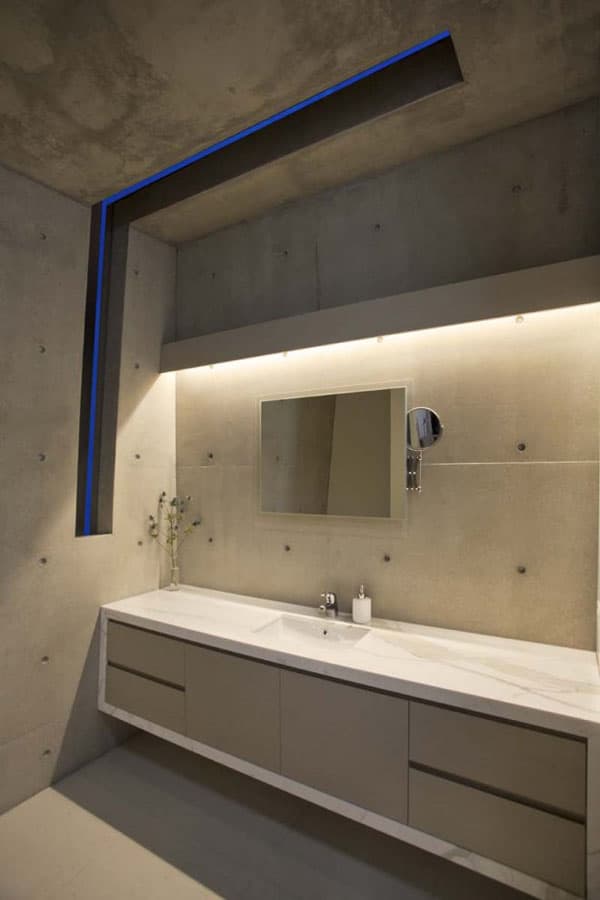
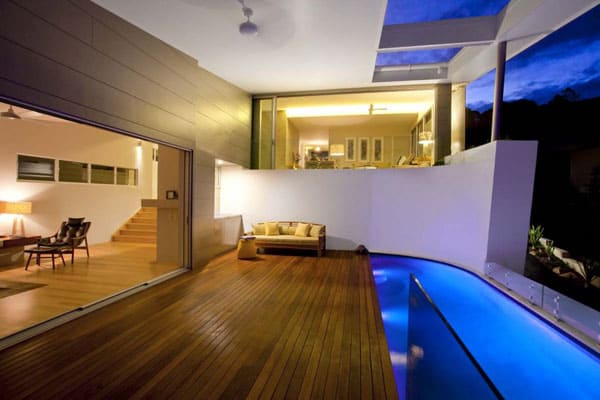
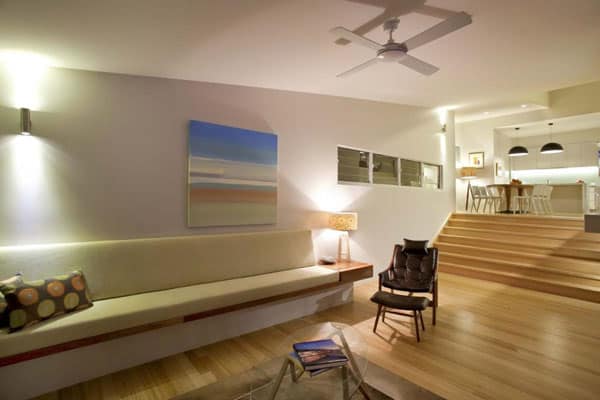
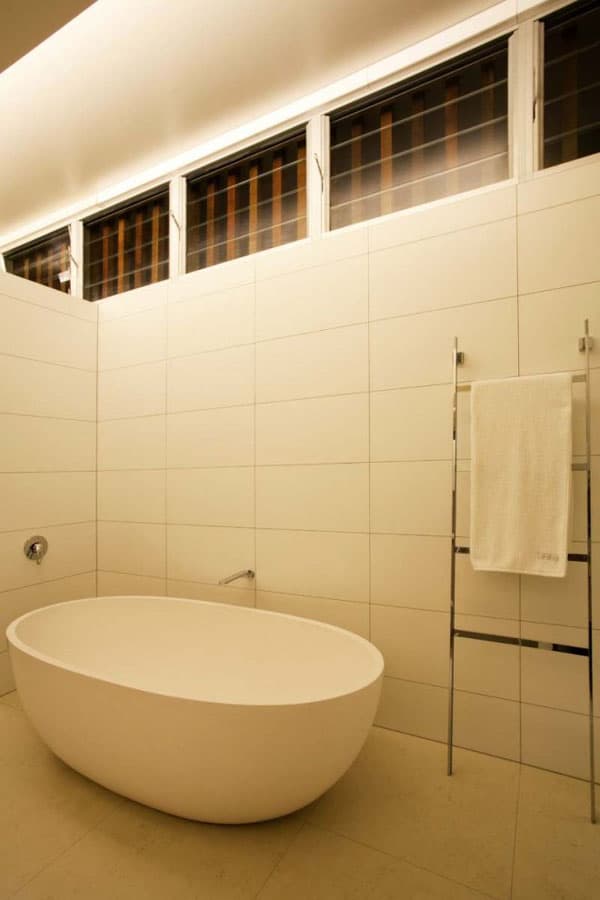
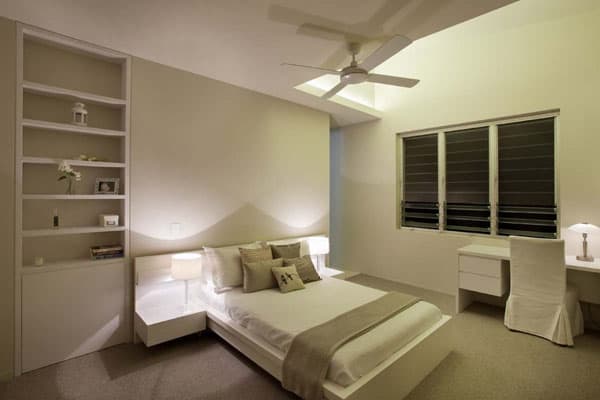

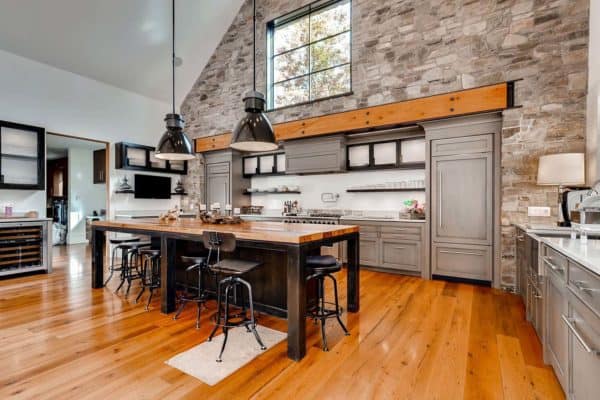
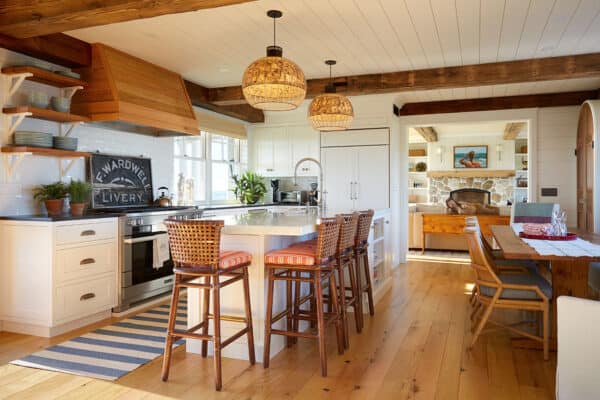




0 comments